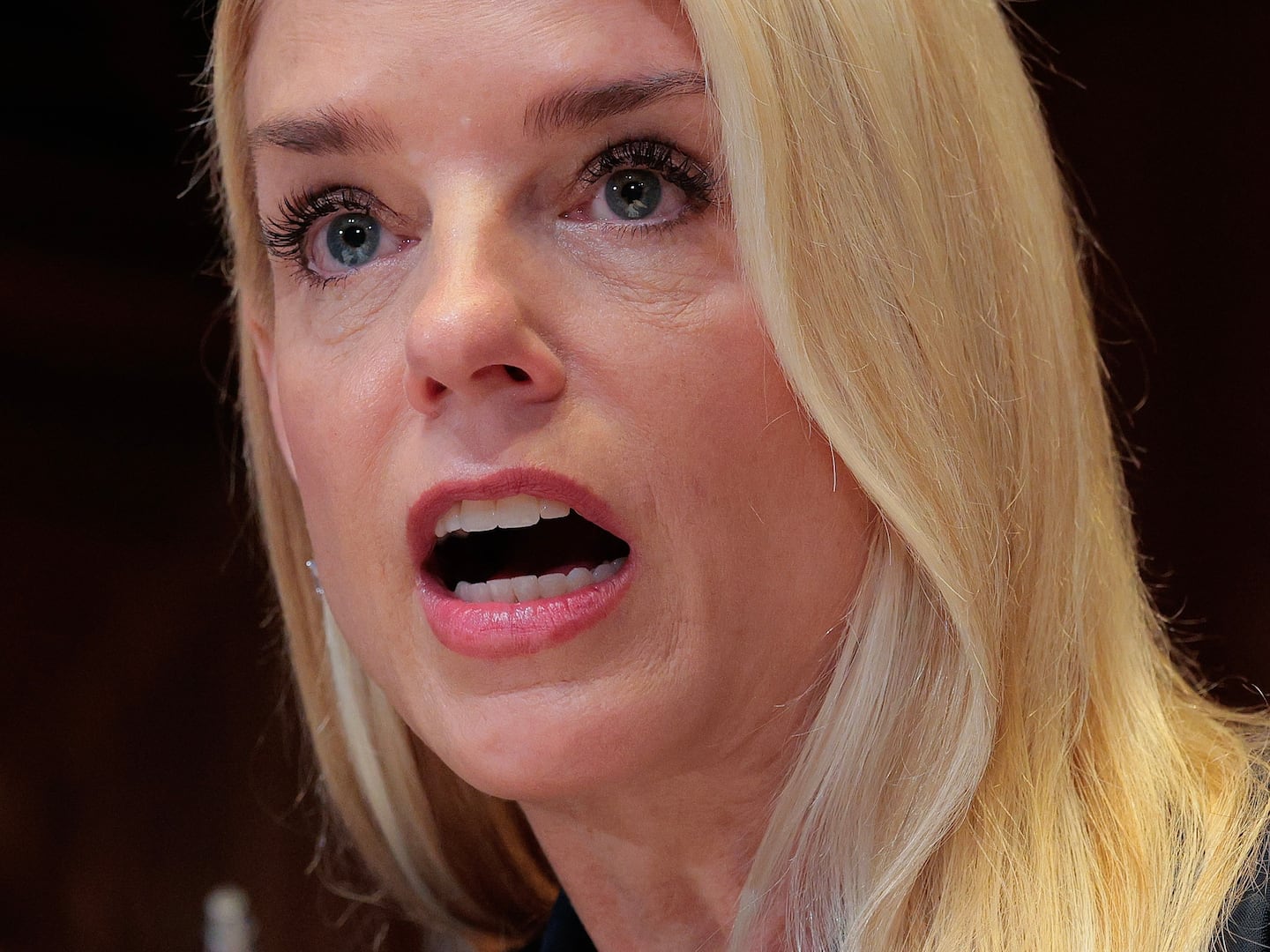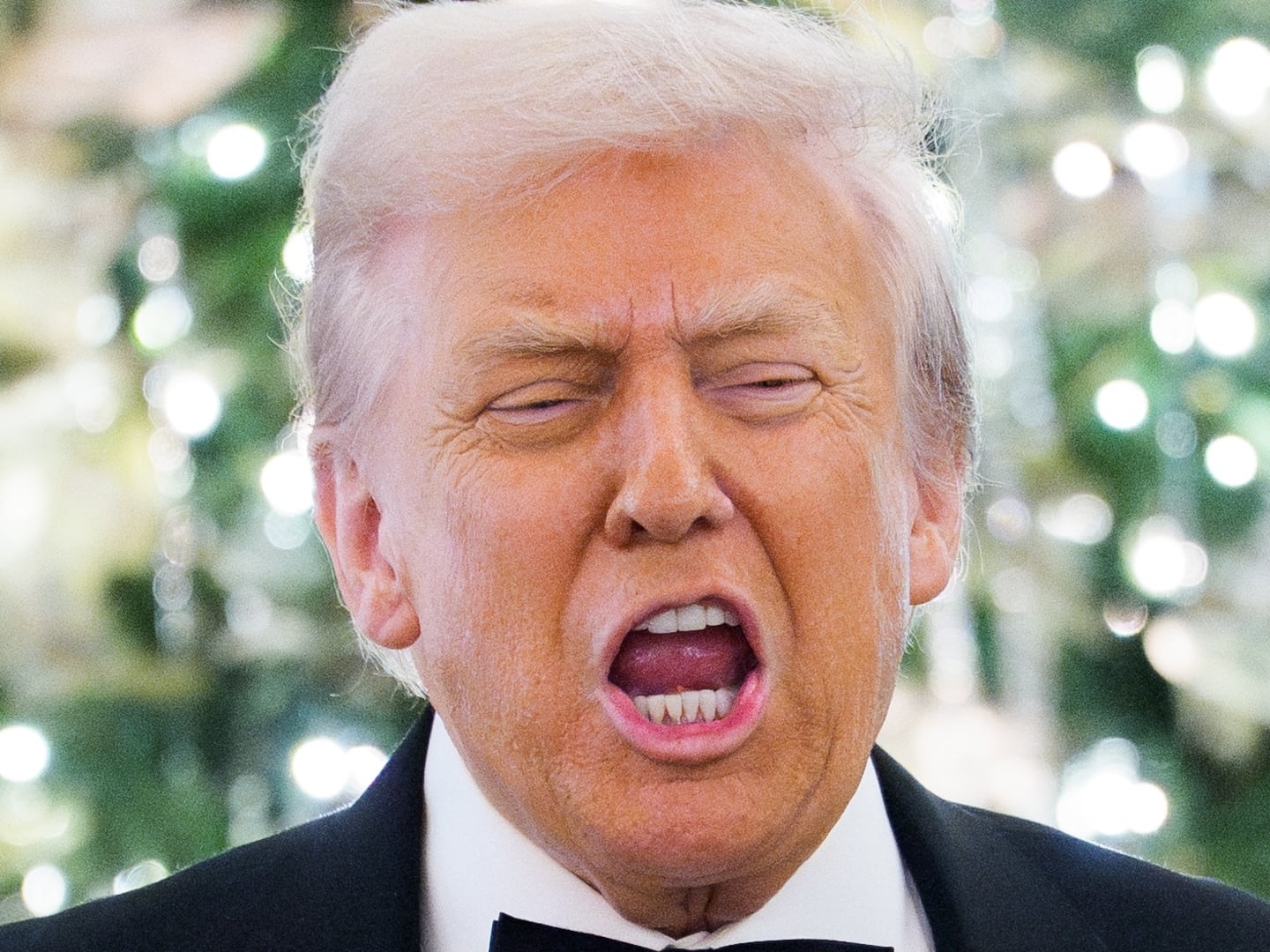Huge companies like Starbucks have it pretty good. They don’t have to pay their employees all that much. They don’t pay much taxes. Thanks to the Federal Reserve, they can borrow at very low costs. Oh, and customers are rushing to lend them money for free.
It’s not that Starbucks has asked caffeine addicts for a loan. Rather, last Friday it held a flash sale on the luxury online retailer Gilt.com of 1,000 $450 limited edition rose-colored metal Starbucks card. They sold out in a matter of seconds.
I can certainly understand the appeal. Coffee means a great deal to a lot of people (including me). Receiving a coffee-related gift triggers a Pavlovian response – elation, anticipation, a faux caffeine rush. What better way to show your love and care for someone this holiday season than by giving them a card stocked with a year’s supply of espresso shots?
Well, there are several problems here. To begin with, the $450 card only loads $400 of value. Which is to say you’re paying $50 for a small rectangle of metal. That’s a lot to shell out for a cash receptacle, especially since Starbuck’s gives out regular loadable cards for free.
Second, $400 is a lot of money to load on a coffee card. Back when I used a Starbucks card, I typically loaded $50 at a time, which was enough to fuel a month’s worth of purchases of coffee for home use and pit stops for espresso and chocolate-covered graham crackers. When the balance hit zero, I’d add another $50. Last year I switched to the Starbucks app, which is essentially a Starbuck’s card on an iPhone. I’ve set it so that every time the balance slips below $10, it loads another $50.
It can take a few months, or even a year, to spend $400 at Starbucks. And some recipients might not use the card at all. They might use up their own cards first, or use the payment app, or decide to pay with a debit card or cash on some of their visits. Or they might stop patronizing Starbucks and start patronizing a hipster java upstart like Stumptown. Or they might take the advice of countless personal finance gurus and start making coffee at home. Or they might realize that they should be scaling back on the caffeine use and stop going.
In other words, lots of things could happen that would mean that the full amount of the gift isn’t used. In the retail trade, this is known as “breakage.” Breakage is a feature, not a bug, of the gift-card system, and it’s one of the most pernicious aspects of the trend. When balances aren’t used, they are simply pure profit for the retailer that sold the card. They get money upfront and never have to deliver any goods or services.
Even when recipients do use the full value of gift cards, retailers are still making out like bandits. Even in this age of low interest, idle money has value. When you buy a gift card, you are effectively making an interest-free loan to the company for the period until the card is redeemed – a week, a month, six months, a year. Large companies like Starbucks have very efficient treasury operations that sweep all available cash into interest-earning savings instruments. Cash is a resource like any other, and companies hate to see any resource go to waste.
So while the $400 put on a gift card might sit there for a while, Starbucks will put it to work immediately. Even if the company puts it into something yielding as little as two percent, that comes to $8 in interest per year – enough to buy a couple of lattes. The company can hardly believe its astonishingly good luck. In the fiscal quarter that included the 2012 holiday season, in a development that Starbucks CEO Howard Schultz described to investors as “stunning and almost unbelievable,” customers loaded more than $1 billion onto Starbuck’s cards. That’s $1 billion in free short-term loans.
Again, it’s not that the idea of gift cards is so bad. They signify a greater level of thought than cash. They’re a way of recognizing that you’re aware of somebody else’s enthusiasms. For people who like luxuries but may be strapped, having dedicated funds to support an expensive coffee habit can be very useful. But there’s something to be said for the efficient use of capital. It would be much smarter to give somebody a $50 Starbucks card for Christmas, with a note saying that you’ll be happy to refill it seven times over the course of the coming year. That way the money would be working for you, not for a Fortune 500 company.
That’s what an efficient gifter would do. Meanwhile, for those who like to make highly inefficient use of their money, somebody on eBay is trying to sell one of those rose-metal $400 gift cards for. . . $1,699.999.





